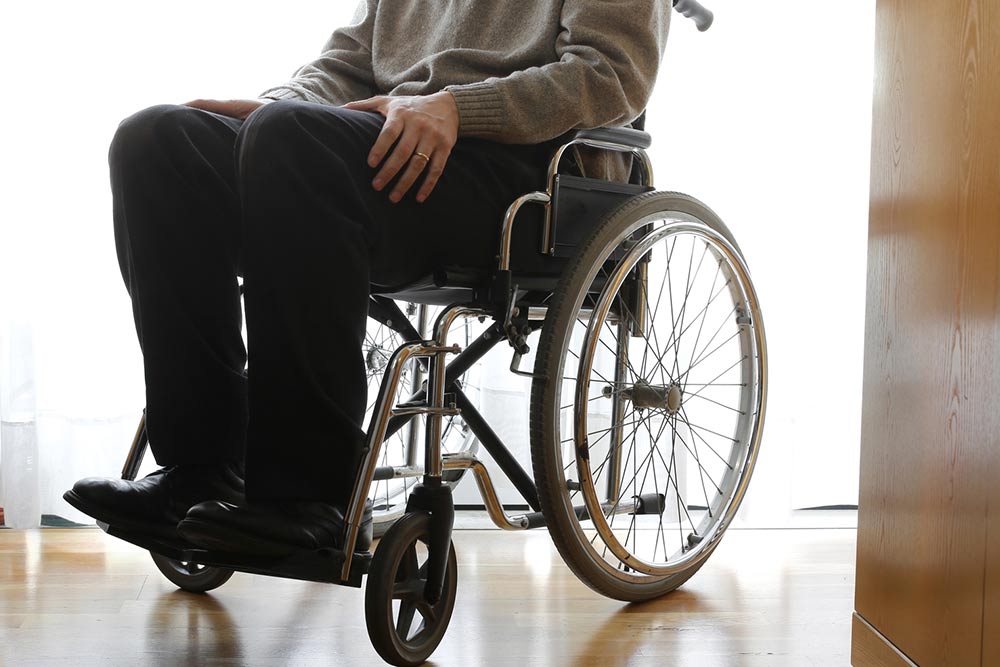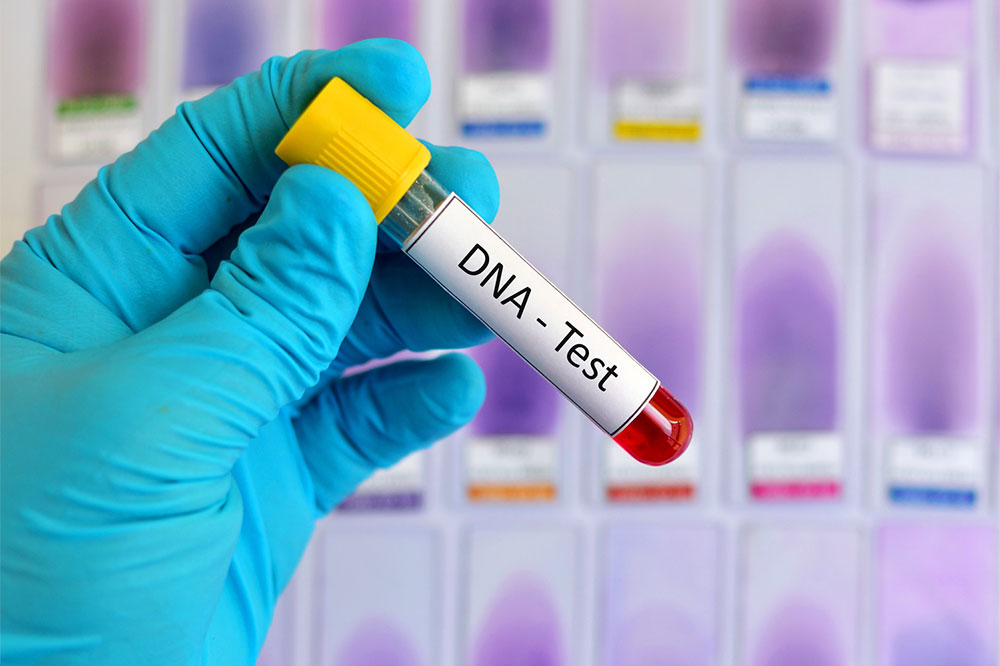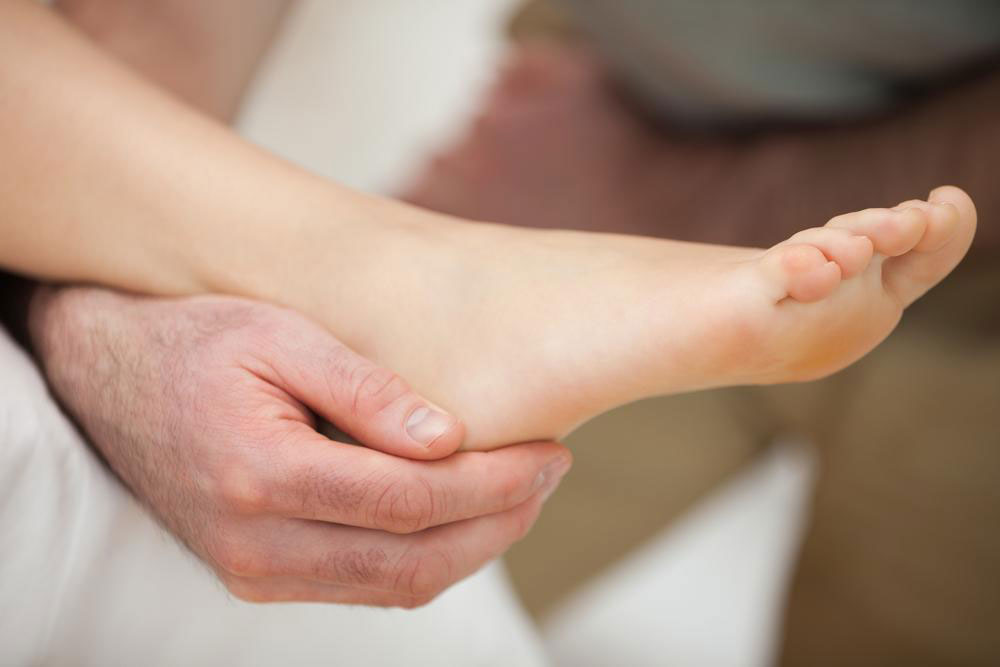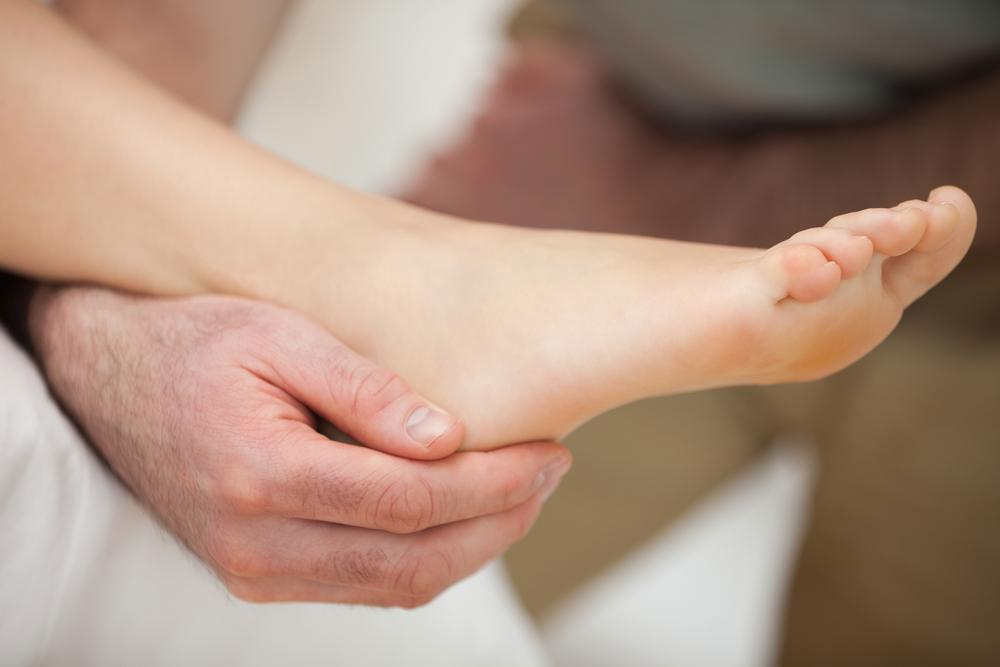Understanding Muscular Dystrophy: Causes and Symptoms
This article provides a comprehensive overview of muscular dystrophy, including its causes, inheritance patterns, and key symptoms across different types. Recognizing these signs early can aid in timely diagnosis and effective management, enhancing the quality of life for affected individuals.
Sponsored

Muscular dystrophy refers to a group of genetic disorders that progressively weaken muscles over time. It results from mutations that hinder the production of vital proteins needed for muscle development. This leads to muscle loss and a range of persistent symptoms. Recognizing the underlying causes and early signs can improve management and quality of life.
Origins of Muscular Dystrophy
The condition is primarily caused by genetic mutations affecting muscle health. Typically inherited from parents or grandparents, these mutations are passed through various inheritance patterns:
Dominant inheritance—where the gene mutation is inherited from one parent, often leading to types like myotonic or facioscapulohumeral dystrophy.
Recessive inheritance—requiring mutations from both parents, common in limb-girdle dystrophy variants.
X-linked inheritance—mutations in the X chromosome, seen in Duchenne and Becker forms, with males usually more severely affected.
Sometimes, gene mutations occur spontaneously without inheritance, known as de novo mutations.
Recognizing Symptoms by Dystrophy Type
While symptoms vary across dystrophy types, muscle weakness and mobility issues are common features. Specific signs depend on the affected muscles:
Duchenne Muscular Dystrophy
Frequent falls and difficulty rising
Problems with jumping and running
Waddling gait and toe walking
Enlarged calf muscles
Muscle stiffness and growth delays
Learning difficulties
Becker Muscular Dystrophy
This milder, slower-progressing form appears typically during adolescence or early adulthood, with symptoms similar to Duchenne but less severe.
Other Types of Muscular Dystrophy
Myotonic dystrophy: Difficulties with muscle relaxation, facial and neck muscle weakness, drooping eyelids, and a distinctive swan-like neck appearance.
Facioscapulohumeral (FSHD): Weakness in face, shoulder, and hip muscles, causing winged shoulder blades, beginning in teens or earlier/later in life.
Congenital muscular dystrophy: Symptoms present from birth, progressing slowly; early mild disabilities may become severe.
Limb-girdle dystrophy: Affects shoulder and hip muscles, leading to tripping and difficulty lifting toes, with symptoms starting in childhood or adolescence.
If muscle weakness appears without reason, consulting a healthcare professional promptly can lead to appropriate diagnosis and management. Early intervention improves long-term outcomes and quality of life.






